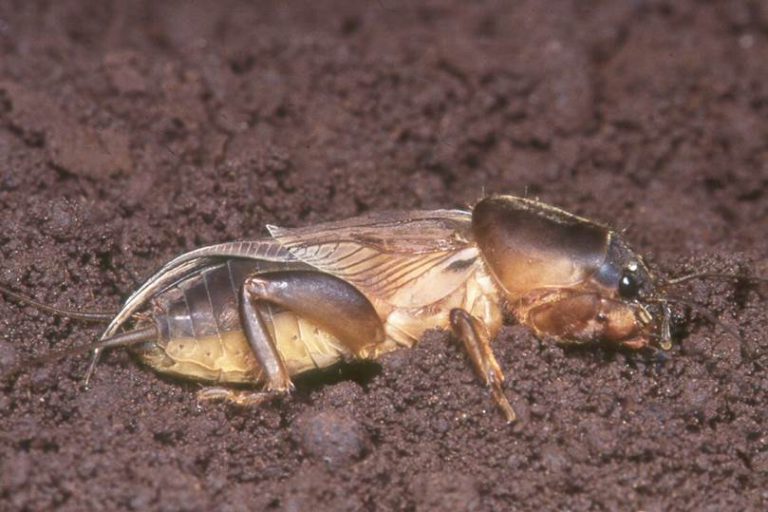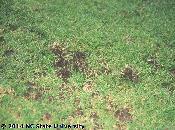Mole Cricket Alert
go.ncsu.edu/readext?474950
en Español / em Português
El inglés es el idioma de control de esta página. En la medida en que haya algún conflicto entre la traducción al inglés y la traducción, el inglés prevalece.
Al hacer clic en el enlace de traducción se activa un servicio de traducción gratuito para convertir la página al español. Al igual que con cualquier traducción por Internet, la conversión no es sensible al contexto y puede que no traduzca el texto en su significado original. NC State Extension no garantiza la exactitud del texto traducido. Por favor, tenga en cuenta que algunas aplicaciones y/o servicios pueden no funcionar como se espera cuando se traducen.
Português
Inglês é o idioma de controle desta página. Na medida que haja algum conflito entre o texto original em Inglês e a tradução, o Inglês prevalece.
Ao clicar no link de tradução, um serviço gratuito de tradução será ativado para converter a página para o Português. Como em qualquer tradução pela internet, a conversão não é sensivel ao contexto e pode não ocorrer a tradução para o significado orginal. O serviço de Extensão da Carolina do Norte (NC State Extension) não garante a exatidão do texto traduzido. Por favor, observe que algumas funções ou serviços podem não funcionar como esperado após a tradução.
English
English is the controlling language of this page. To the extent there is any conflict between the English text and the translation, English controls.
Clicking on the translation link activates a free translation service to convert the page to Spanish. As with any Internet translation, the conversion is not context-sensitive and may not translate the text to its original meaning. NC State Extension does not guarantee the accuracy of the translated text. Please note that some applications and/or services may not function as expected when translated.
Collapse ▲There have been a lot of calls about the level of mole cricket control from a lot of different products this year. Product failures? I don’t really think so, at least not in the cases I heard about. Good soil moisture and temperatures during egg laying, egg hatch, and nymph development has given us some really significant populations this summer. Add on top of that some really high rainfall amounts in the months that followed insecticide application which reduced the product effectiveness and you have MOLE CRICKET BREAKTHROUGHS.
From my perspective, not unexpected with the weather we have had this summer including some areas receiving almost 20 inches of rain in July and August. No product is perfect and can stand up under adverse weather conditions like it does under more normal weather (not to mention some treatments went out late). Nobody likes it, but it is what it is. A number of people have complained about the performance of many of the products labeled for mole cricket control. If it has happened to you, you are not alone..




